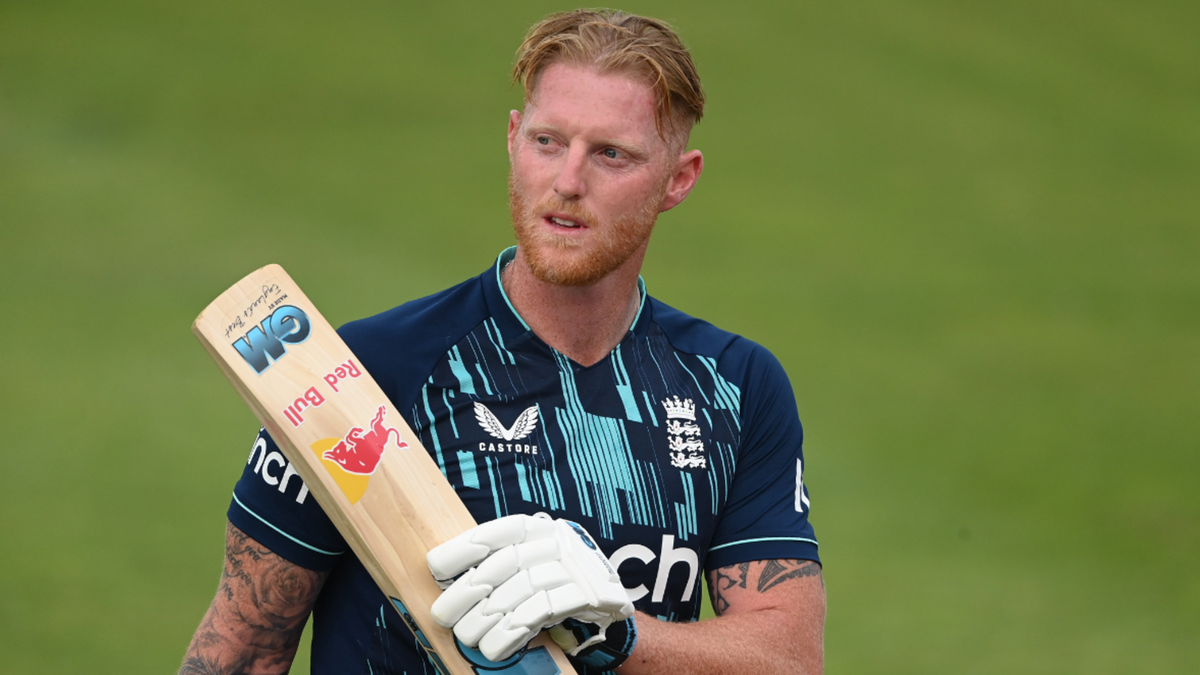
Ben Stokes is England’s one-man trophy machine. Regardless of his bowling capabilities, that he comes straight back into their World Cup ODI side is a no-brainer, writes Katya Witney.
Subscribe to the Wisden Cricket YouTube channel for post-match analysis, player interviews, and much more.
The confirmation of Stokes’ unretirement from ODI cricket will have been everything Matthew Mott and co would have wanted for the upcoming tournament. It’s been an open secret that ever since he gave up the format last year, they’ve been hoping to persuade him to come back to defend their fifty-over crown. And now they’ve succeeded. Less than two months before the tournament and over a year since he last wore an ODI kit, he’s set to reprise his role.
No one should blame Stokes for retiring, nor should they criticise his change of heart (if he ever intended to miss the tournament). The point he made on giving up one format was a valid one. As someone well into the second half of his career, with a body constantly plagued by injury and England’s hopes persistently placed upon his shoulders, attempting to balance three 12 months of the year cannot be practical.
The decision also matches the reduced role of ODI cricket in between World Cups. England have been cobbling together XIs, bringing their big guns out here and there for the last four years. But the World Cup remains the pinnacle of white-ball cricket and, as such, their biggest gun has to come back in.
Stokes has been Player of the Match in two successful World Cup finals for England. His miracle in 2019 has its place in folklore secured, but so should his effort in Melbourne last year. Having come straight back into a major tournament, again after a year out of the side, he battled absence of form and injury to secure another trophy. England were, at the time perhaps, a wicket away from an embarrassing collapse against Pakistan. Stokes, once again, was their stability.
His role with the ball in that tournament is also noteworthy. The only times he sent down a full quota of four overs were in England’s first match of the competition and their last. In between, there were times he didn’t bowl and there when times he was key.
No one outside of England’s management and his doctors knows the full extent of Stokes’ knee injury. It was enough to potentially require surgery after the Ashes, but not enough to stop him from finding his best form with the bat in years. He may well be able to send down the odd spell of four overs for England, perhaps more. Regardless, that doesn’t affect his place in the side.
England have rarely gone into an ODI in their current era with a lineup that will require Stokes to bowl his full quota of overs. In the 2019 World Cup, Stokes featured as a bowler in eight of the matches he played, and seven overs was the most he bowled in a single match. The average number of overs he bowled in a match was 3.5.
England have a plethora of bowling all-rounders who will likely be in their squad for the World Cup. Sam Curran, Chris Woakes, and Moeen Ali are all near-certainties, as is Liam Livingstone, who offers enough with the ball in white-ball cricket to extend both the bowling and the batting order. Having Stokes exclusively as a batter will not limit their options too far when it comes to the balance of their side. The amount that it does is negated by what he does offer.
The usual rules don’t apply to some players. They say one word and, immediately, the plan changes. Incumbent names go by the by, and the dynamic of the side shifts towards them. Stokes’ return to the side has added another layer to England’s World Cup. As every cliche will say, he empties bars and pulls focus from everyone else on the field. England are immeasurably stronger with him in their ranks, and there should be no caveats to that.








